Steampunk interior design fuses the elegance of the Victorian era with industrial-age innovation, creating spaces that feel both vintage and avant-garde. Characterized by exposed brick, metal piping, cog and gear motifs, and rich leather furnishings, this aesthetic draws inspiration from 19th-century factories and the literary works of Jules Verne and H. G. Wells. Key elements include a muted, sepia-toned palette accented by brass, copper, and rust hues, which highlight the mechanical components and evoke a sense of timeworn sophistication. Whether applied in grand lofts or cozy nooks, steampunk interiors celebrate craftsmanship, repurposed materials, and the romance of steam-powered invention. Below are 20 detailed design ideas to infuse your home with steampunk character, each blending functionality and fantasy in roughly 100 words.
1. Exposed Brick Walls
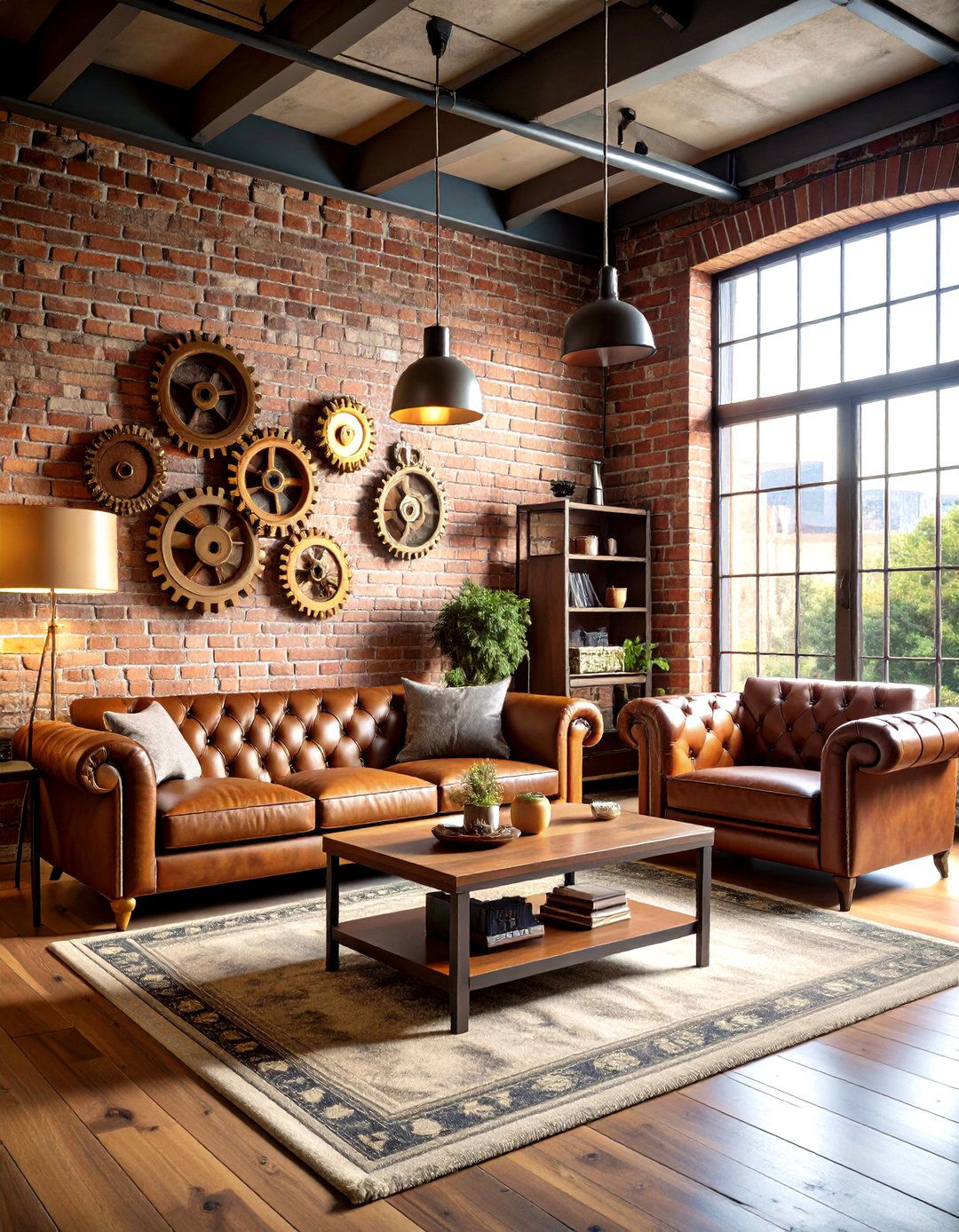
Exposed brick brings an authentic industrial backdrop that instantly grounds a room in steampunk history. Retaining original masonry or installing a faux-brick veneer around focal areas—such as fireplaces or accent walls—evokes the basements and workshops of Victorian inventors. The warm, earthy tones of brick complement metallic fixtures and leather furnishings, enhancing the layered textures essential to steampunk style. Whether left raw or lightly whitewashed, brick surfaces serve as a versatile canvas for gears, vintage signage, and mounted piping, reinforcing the narrative of mechanized artistry and creating visual depth in any living space.
2. Metal Pipe Fixtures
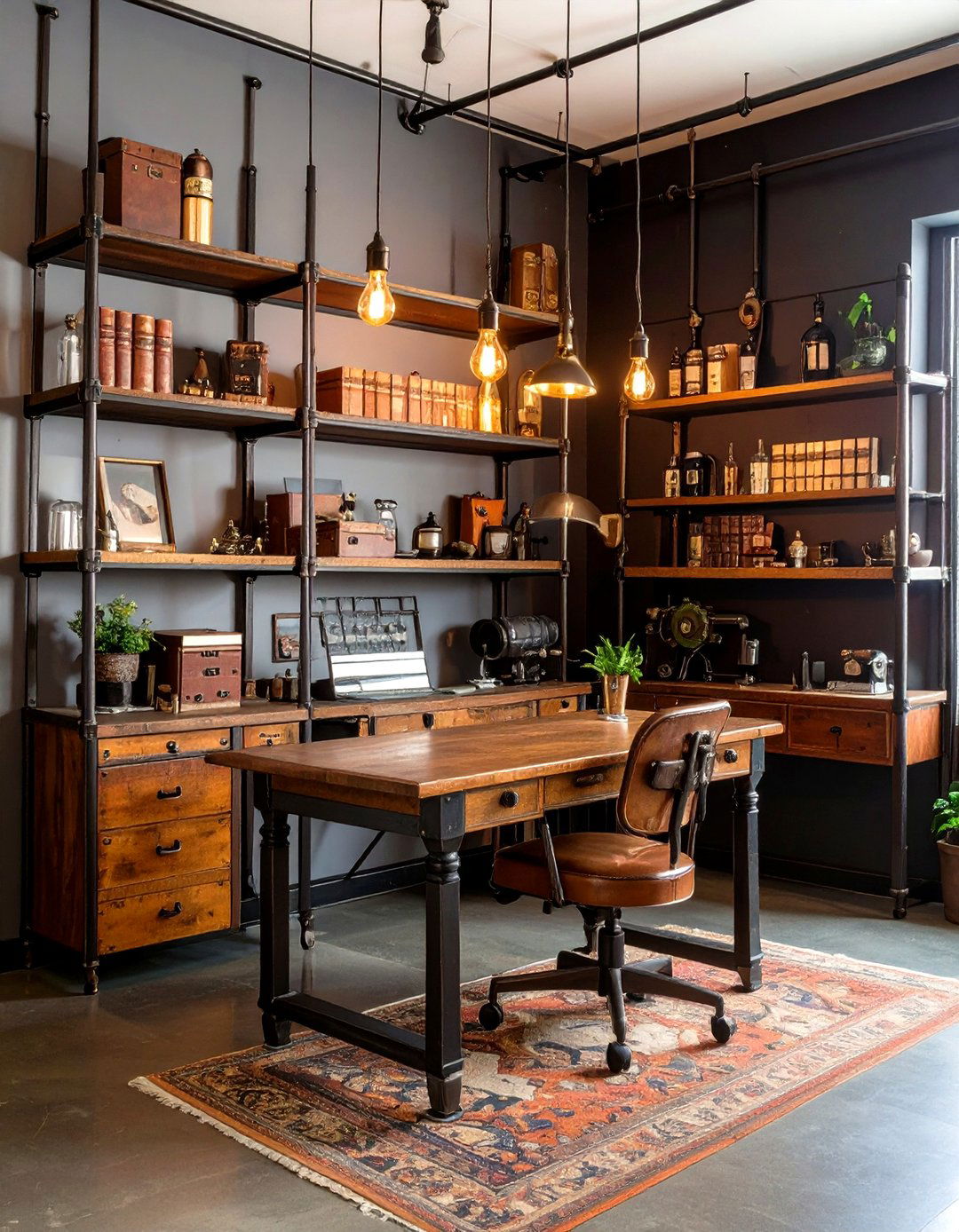
Integrating visible metal pipes for shelving, curtain rods, and lighting fixtures celebrates the raw mechanics at the heart of steampunk design. Black iron or galvanized steel plumbing components can be arranged into open shelving units or repurposed as curtain hardware, lending utilitarian flair to your décor. Overhead, pipe-mounted pendant lights with Edison bulbs cast a warm glow, accentuating brass and copper accents throughout the room. This emphasis on functional industrial elements not only reinforces the aesthetic but also underscores the ingenuity of turning everyday materials into statement-making design features.
3. Gears & Cog Wall Art
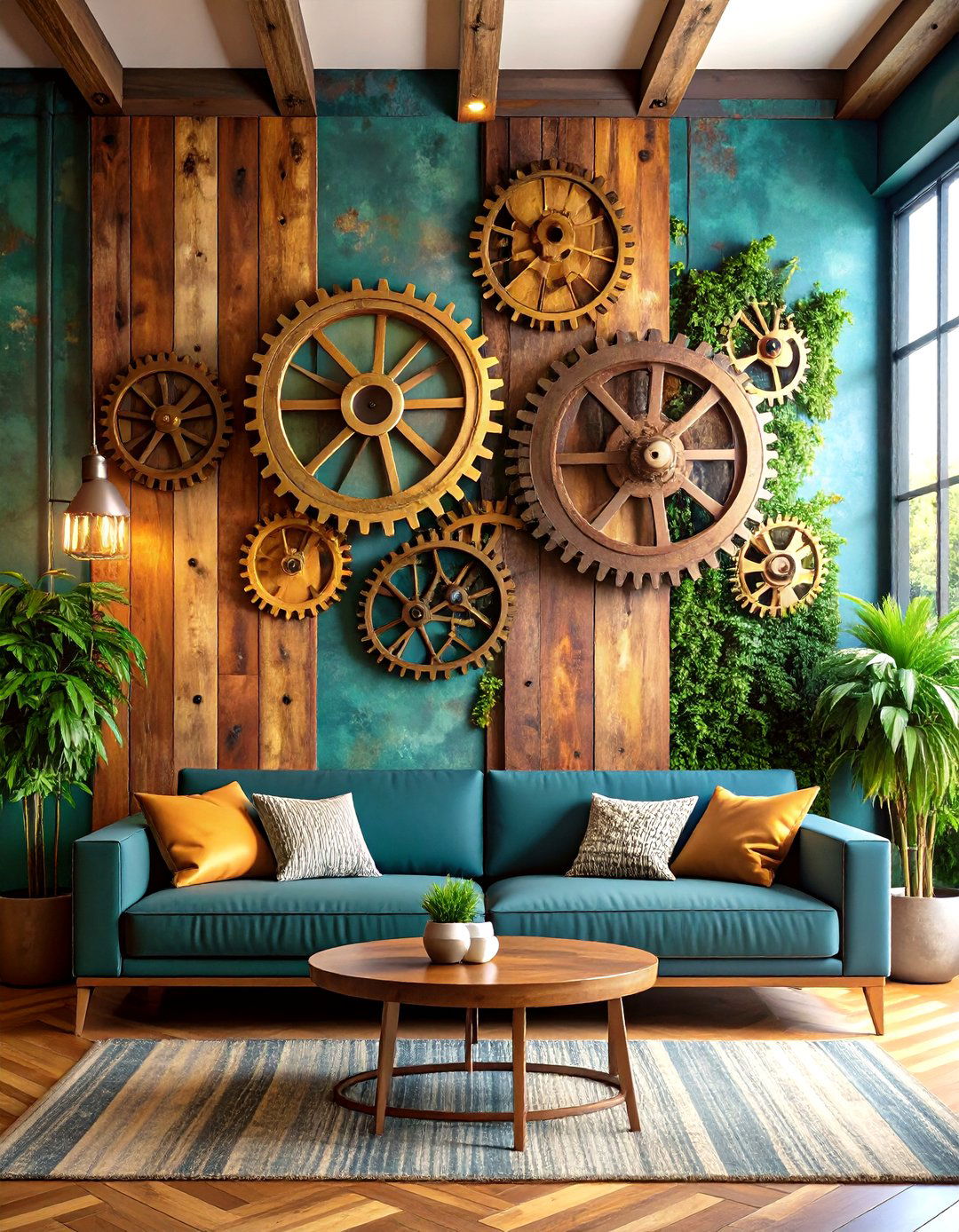
Gears and cogs, whether salvaged from old machinery or purchased as replicas, serve as iconic steampunk motifs. Arranging them in intricate patterns on a feature wall creates a dynamic focal point that speaks to the era’s mechanical creativity. Paint some in antique brass or oxidized copper finishes to introduce metallic shimmer against darker backdrops. These pieces can be mixed with vintage clock faces or mounted on reclaimed wood panels for an eclectic gallery. The interplay of moving parts—even in static art—evokes a sense of perpetual motion and industrial wonder.
4. Vintage Leather Furniture

Sumptuous leather sofas, armchairs, and chaise lounges capture the opulent yet rugged essence of steampunk interiors. Choose pieces in deep brown or burgundy with tufted backs and brass nailhead trim to echo Victorian sensibilities. Leather’s natural patina and texture complement metal accents and wooden elements, enhancing the warmth and depth of the space. Pair seating with leather-strapped ottomans or trunks repurposed as coffee tables to amplify the sense of travel and adventure. Well-worn leather not only offers tactile comfort but also tells a story of age and craftsmanship.
5. Industrial Lighting Fixtures
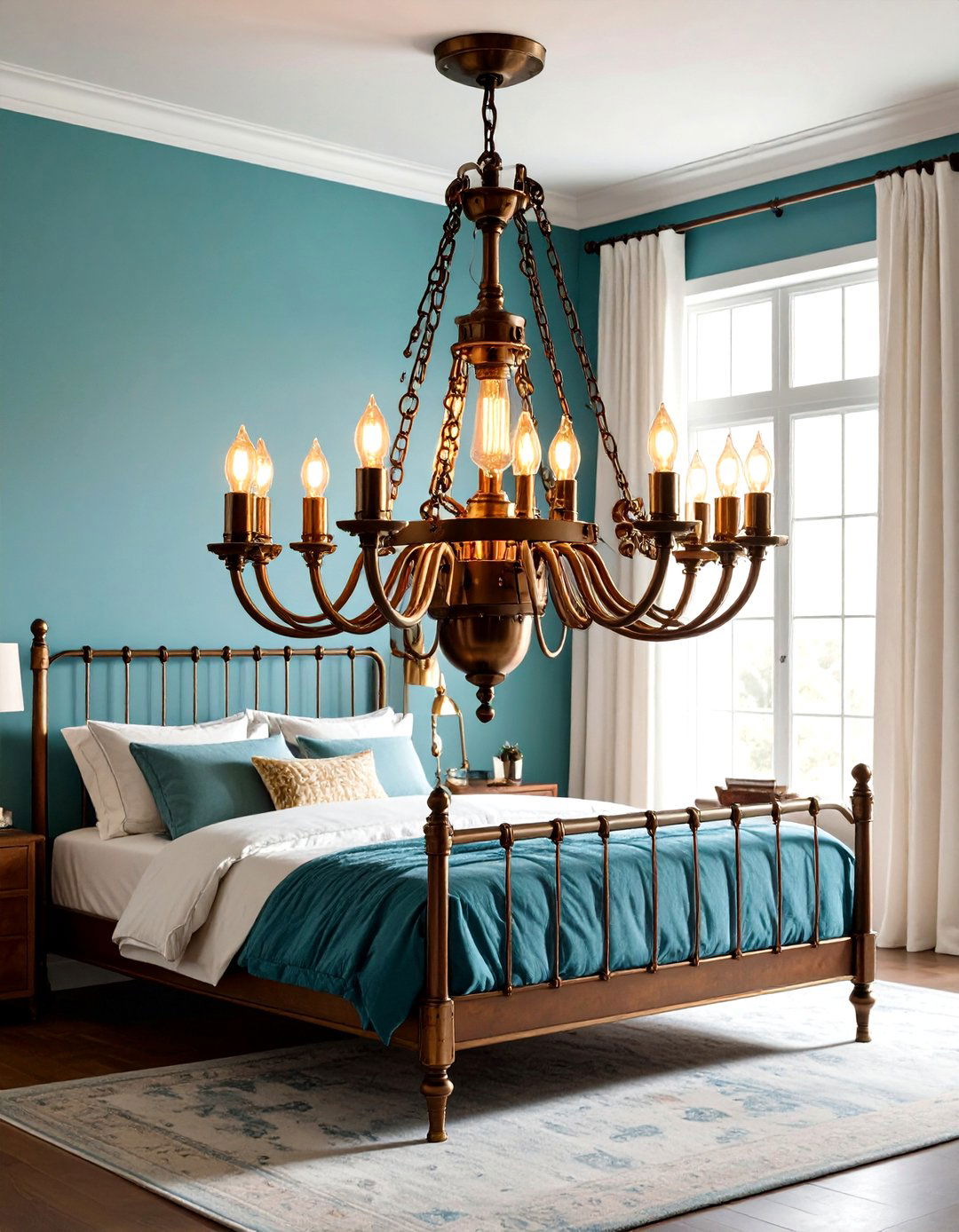
Lighting in a steampunk home should appear as though it belongs in a 19th-century laboratory or airship. Pendant lamps with exposed Edison bulbs, wall-mounted cage sconces, and chandelier-style fixtures constructed from repurposed metal pipe or antique brass fit seamlessly. Consider fixtures with adjustable arms or pulley systems that reinforce the mechanical theme. A central chandelier can feature interconnected gears that actually turn, powered by a concealed motor, offering both illumination and moving artistry. Strategic lighting highlights key design elements while contributing to the overall narrative of invention.
6. Antique Brass Accents
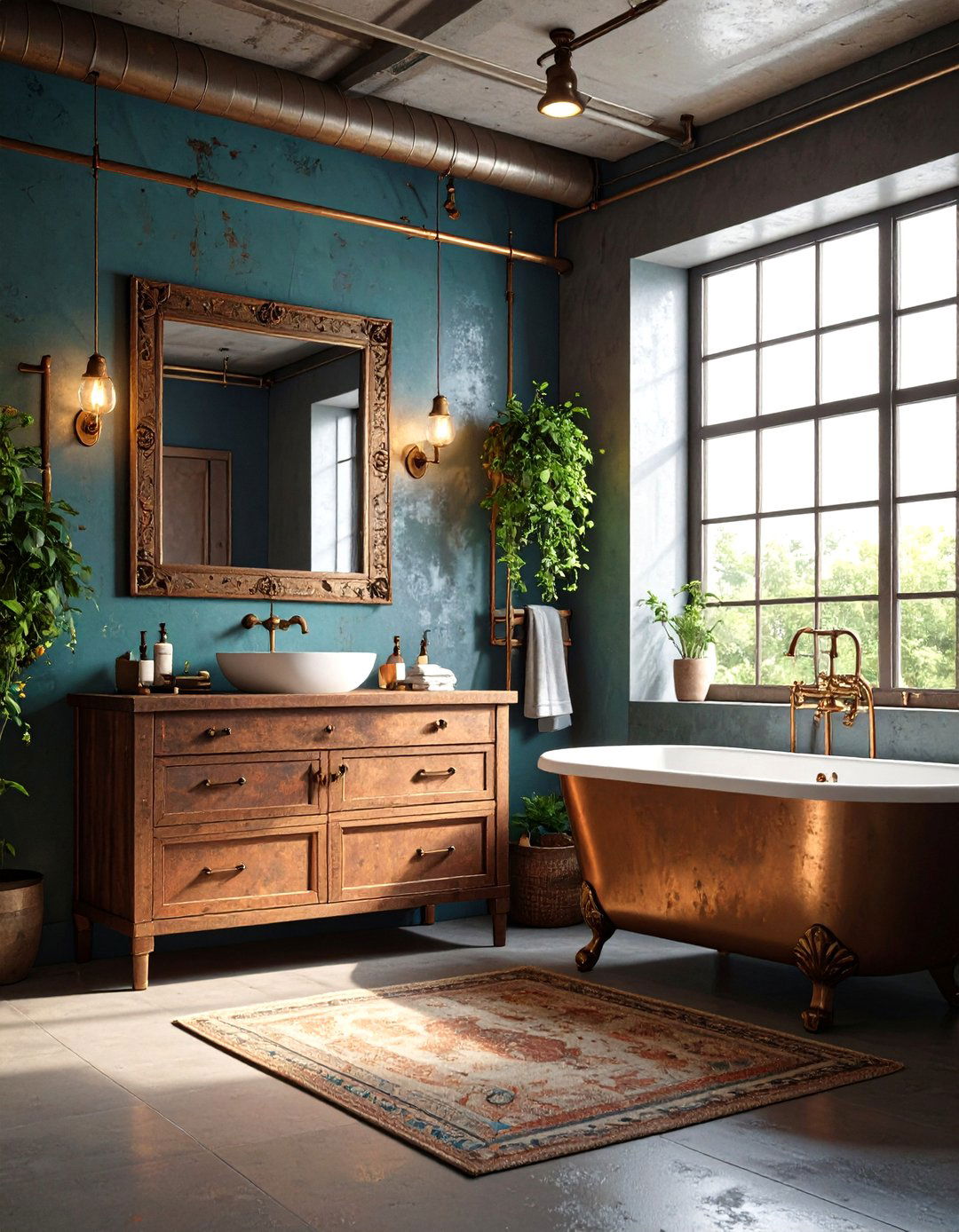
Brass hardware, from cabinet knobs and drawer pulls to door hinges and picture frames, injects refined glamour into steampunk décor. Look for pieces with aged patinas or scalloped edges that mirror Victorian craftsmanship. Brass accents can also appear in mirror frames, lamp bases, and decorative sculptures, providing contrast against darker woods and leather. Over time, natural oxidation will deepen the finish, adding authentic wear. By scattering small brass details throughout a room, you create cohesion and an understated elegance that unites the industrial and the ornate.
7. Sepia-Toned Color Palette
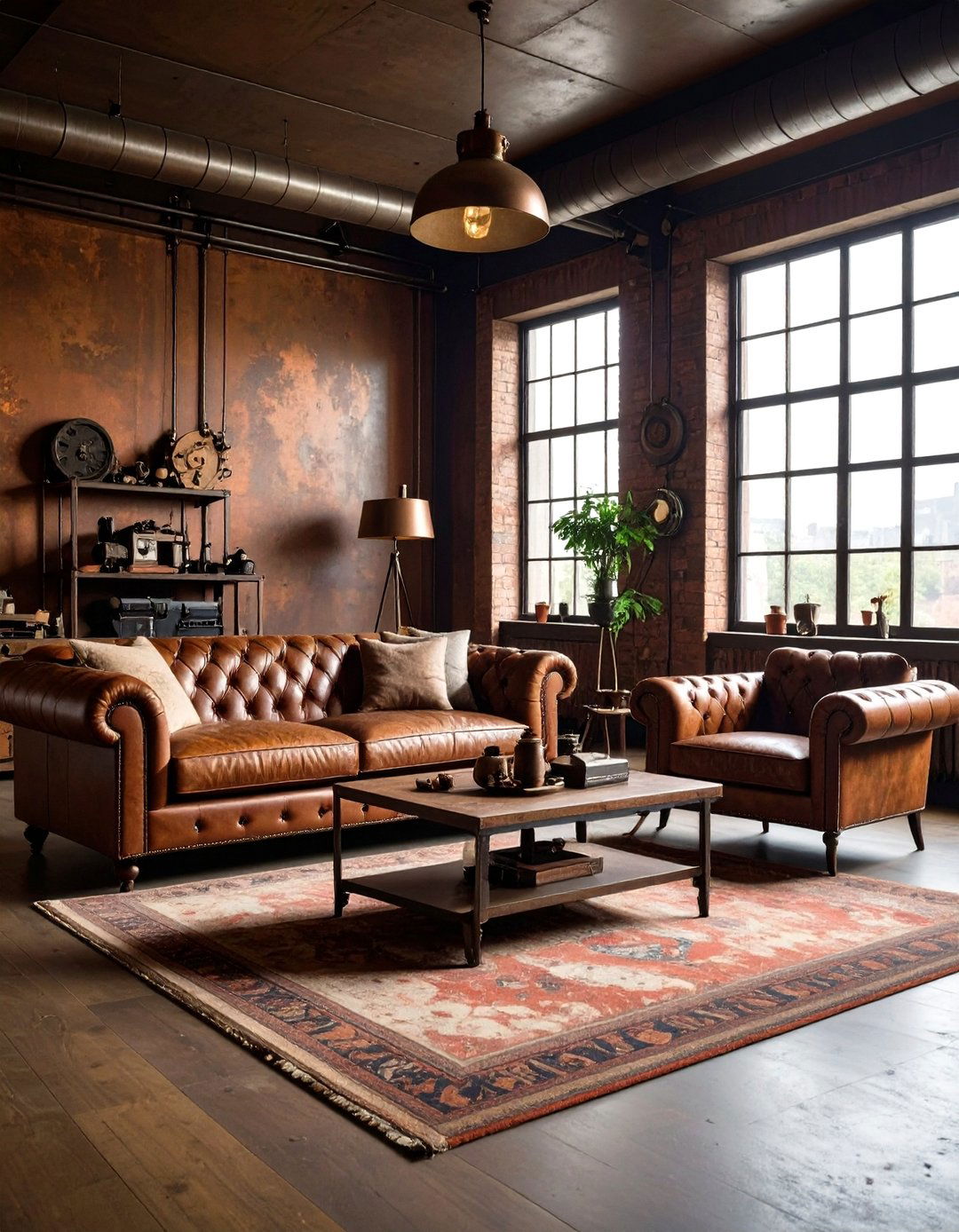
A steampunk space typically employs a base palette of sepia, cream, and muted earth tones to evoke the feel of aged photographs and worn leather. Walls painted in soft creams, taupe, or warm greys allow metal and wood furnishings to stand out. Accent colors—copper, burnt orange, olive green, and charcoal—can be introduced through textiles, antique rugs, and artwork. This harmonious combination softens the starkness of metal while preserving the historical mood. The sepia undertones also unify diverse materials, ensuring that bold décor elements integrate seamlessly.
8. Repurposed Wood Furniture
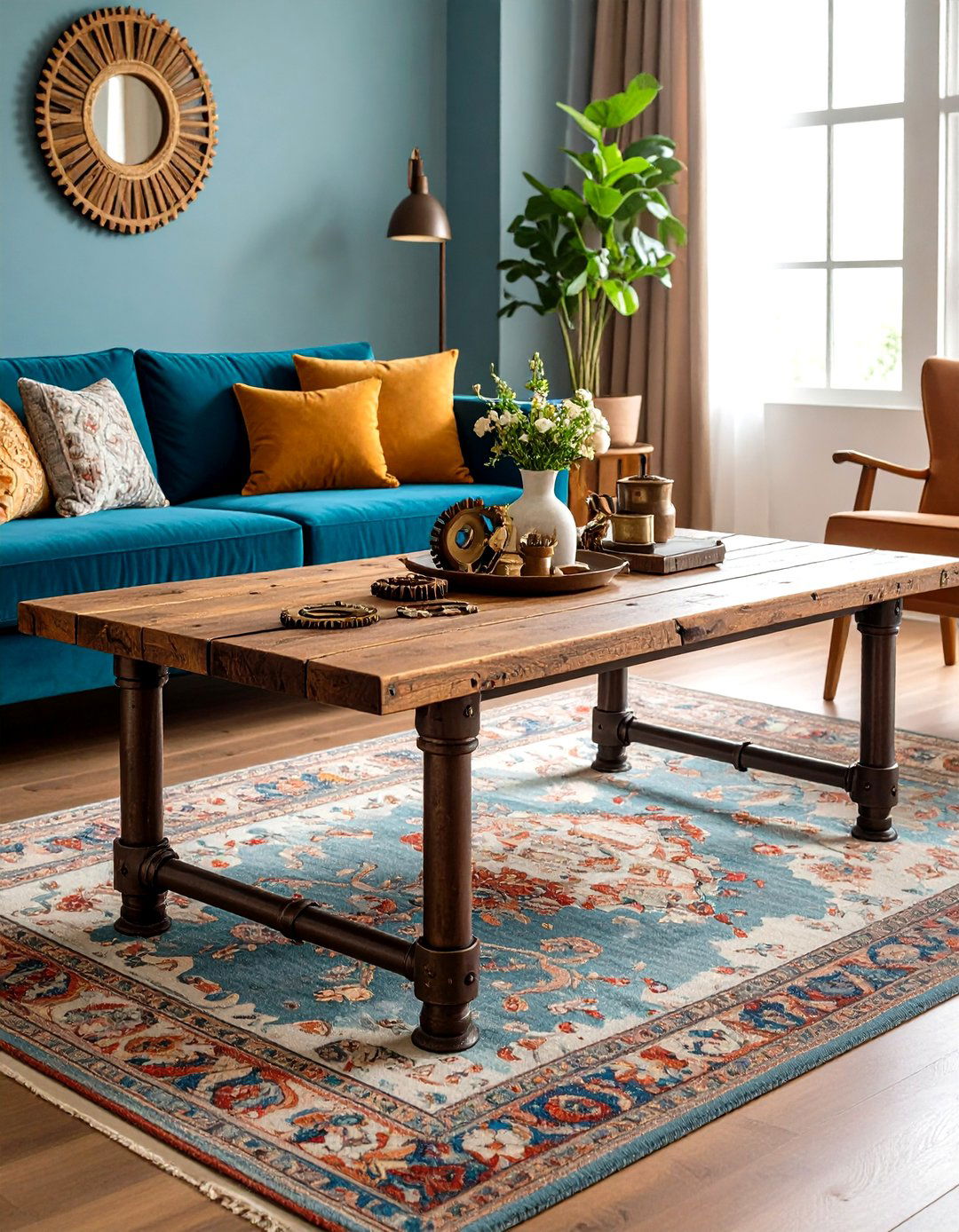
Incorporating reclaimed or distressed wood pieces—such as coffee tables made from old crates or desks fashioned from salvaged barn doors—underscores steampunk’s emphasis on sustainability and history. Rough-hewn surfaces, dovetail joinery, and riveted metal brackets evoke shipbuilding and factory craftsmanship. Pair raw wood with metal piping legs or gear-inlaid inlays for a hybrid aesthetic. These unique furnishings serve both utility and storytelling, suggesting a past life before their current incarnation as bespoke décor. The interplay of wood grain and metal aged patina is central to steampunk’s tactile appeal.
9. Whimsical Mechanical Decor
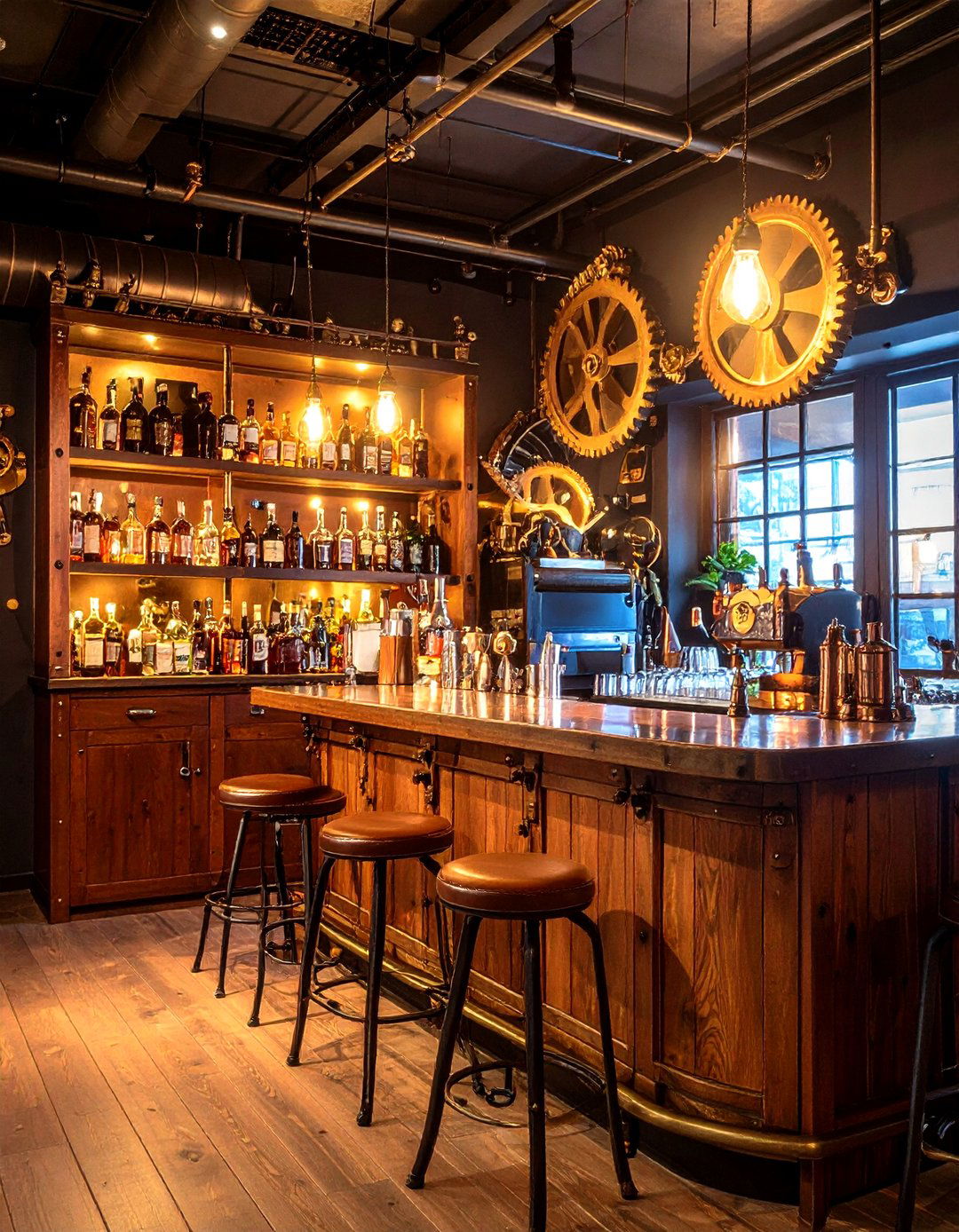
Steampunk styling thrives on playful, imaginative objects like miniature airship models, vintage-style diving helmets, and clockwork creatures. Display a curated collection on floating shelves or inside glass bell jars to create a sense of museum-worthy wonder. Incorporate brass telescopes, retro goggles, and leather-bound journals to reinforce the explorer theme. These accents spark conversation and add character, bridging the gap between décor and storytelling. Position them atop sideboards or alongside lamps to create vignettes that feel both scholarly and adventurous.
10. Steampunk Bar Setup

Transform a corner of your living room into a Victorian-inspired bar with industrial flair. Use an antique wooden cabinet fitted with metal pipe shelving to hold glassware and spirits. Mount a backlit mirror etched with gear motifs behind the bar to reflect warm light and display bottles like scientific specimens. Include brass bar tools—ice tongs, cocktail shakers, and decanters—to complete the look. A vintage bar cart with cast-iron wheels adds mobility, allowing you to wheel out refreshments while maintaining the aesthetic of a 19th-century apothecary.
11. Neo-Victorian Furnishings

Steampunk’s Victorian roots shine through in furniture with ornate carvings, cabriole legs, and tufted upholstery. Opt for side tables and cabinets featuring scrolling motifs and gilt finishes. Pair these with more industrial elements—like gear-clad drawer pulls or exposed rivets—to achieve a balanced mash-up of elegance and mechanics. Accent chairs with high backs and velvet or brocade fabrics introduce softness against metal backdrops. These pieces anchor the room in historical style while serving as canvases for mechanical embellishments.
12. Steampunk Shelving with Piping
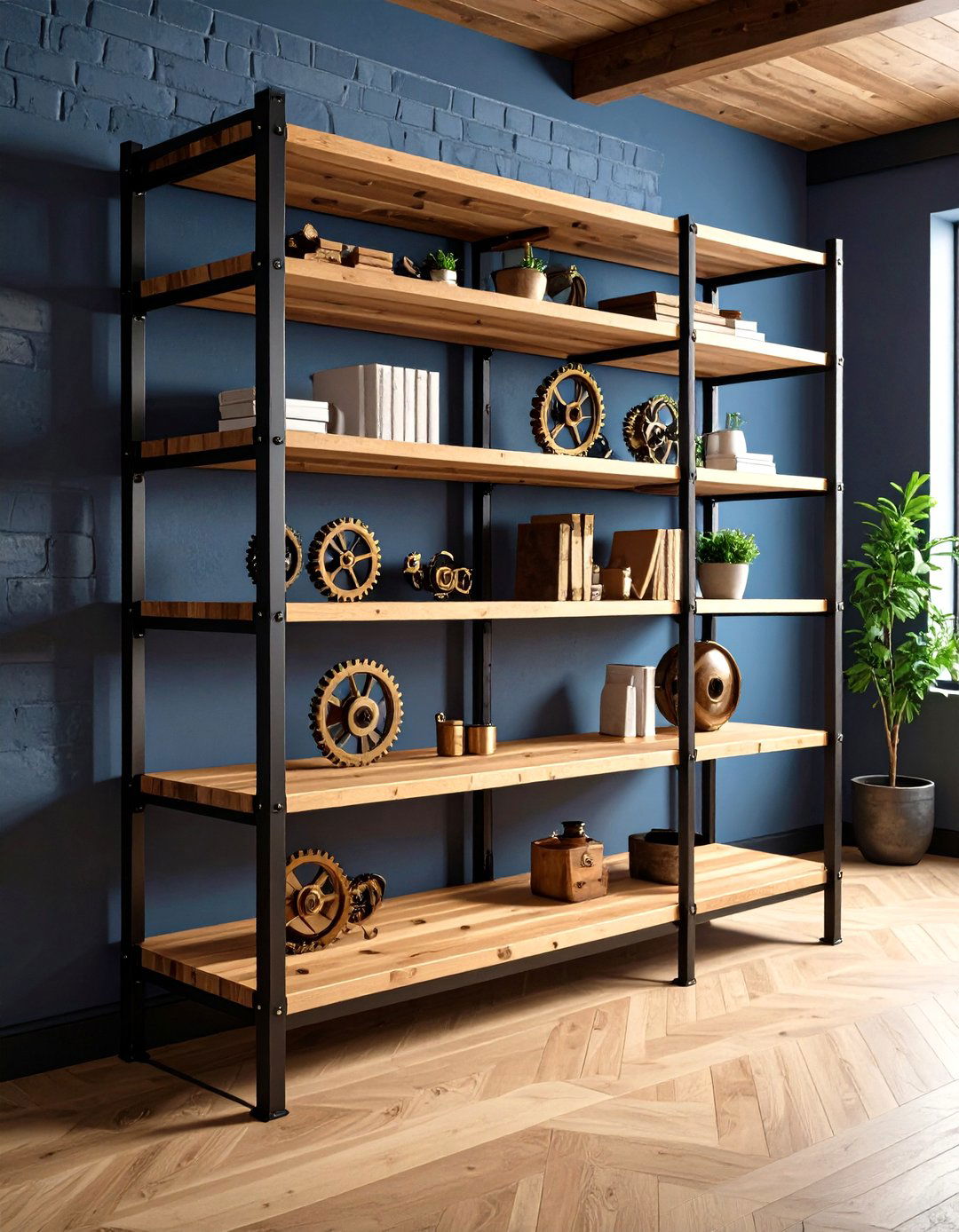
Custom shelving built from wood planks supported by wrought-iron pipe brackets provides a robust display for books, curios, and decor. Leaving the piping unpainted or lightly aged enhances the industrial feel, while graduated shelf depths accommodate both tall and small objects. Gears affixed to the pipe joints create eye-catching details. Position these shelves against a brick or dark-painted wall to intensify the visual contrast. Such installations double as functional storage and sculptural installations, embedding mechanical storytelling into everyday organization.
13. Vintage Maps & Schematics Art
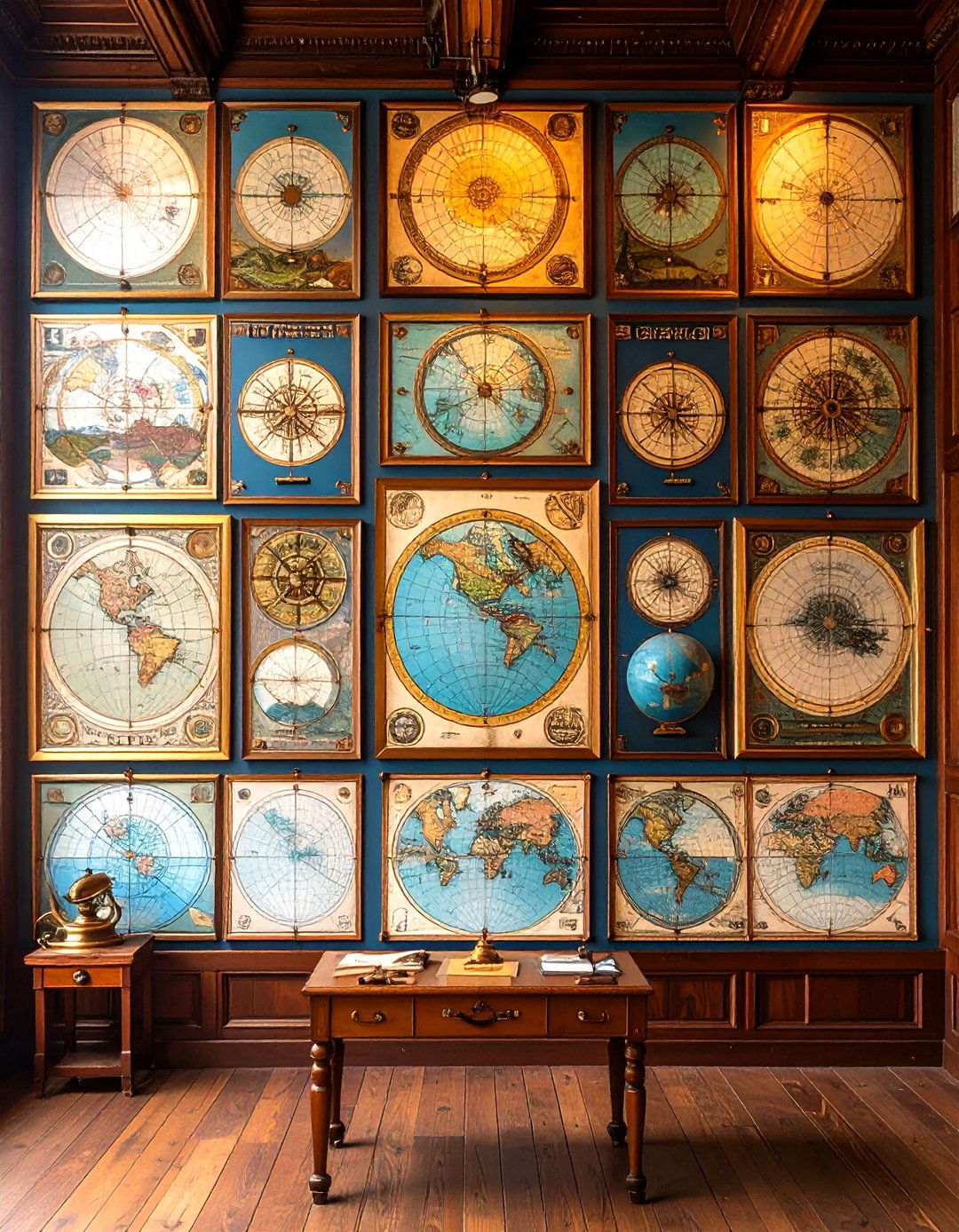
Framed antique maps, blueprints, and patent drawings celebrate the scientific spirit behind steampunk. Choose lithographs of early submarine designs, airship schematics, or botanical studies to adorn walls. Mount prints on aged wood panels or within brass frames to coordinate with surrounding metal fixtures. Arrange them salon-style or as a grid above a desk or sofa for a gallery effect. These authentic-looking prints evoke curiosity and exploration, reinforcing the theme of discovery that permeates steampunk culture.
14. Custom Barrels & Crates

Repurpose wooden barrels and crates as stools, side tables, or storage bins, integrating leather straps and metal banding for authenticity. Remove barrel staves to create open shelving or half-barrel planters. Add caster wheels and repurposed pulley hardware to crates for mobility and mechanical charm. Stain or burnish the wood surface to accentuate grain and age. Scattered throughout living areas, these pieces bring a sense of rustic adventure, as though salvaged from a Victorian-era ship’s hold, while providing practical utility.
15. Leather-Bound Books & Globes
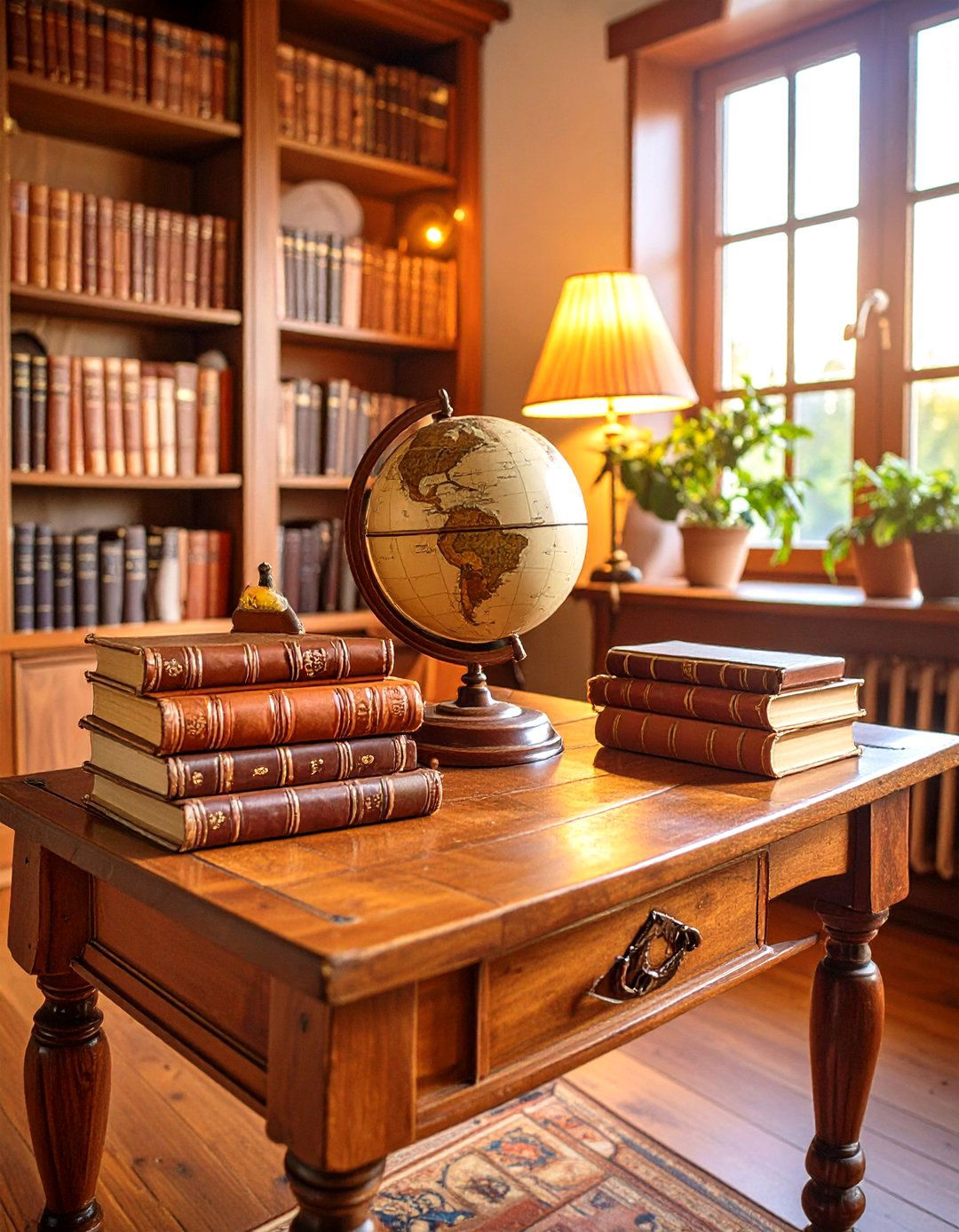
Stack antique-style books with leather covers and brass embossing on bookshelves and tables to evoke scholarly charm. Position a vintage-style globe or a dual-hemisphere desk globe with an aged finish for a classic study vibe. Look for globes featuring historical cartography rather than modern political boundaries. Combine these with leather-bound journals and ink bottles to suggest the workspace of an intrepid explorer or inventor. These scholarly props enrich reading nooks or home offices with intellectual gravitas.
16. Copper & Rust Color Accents
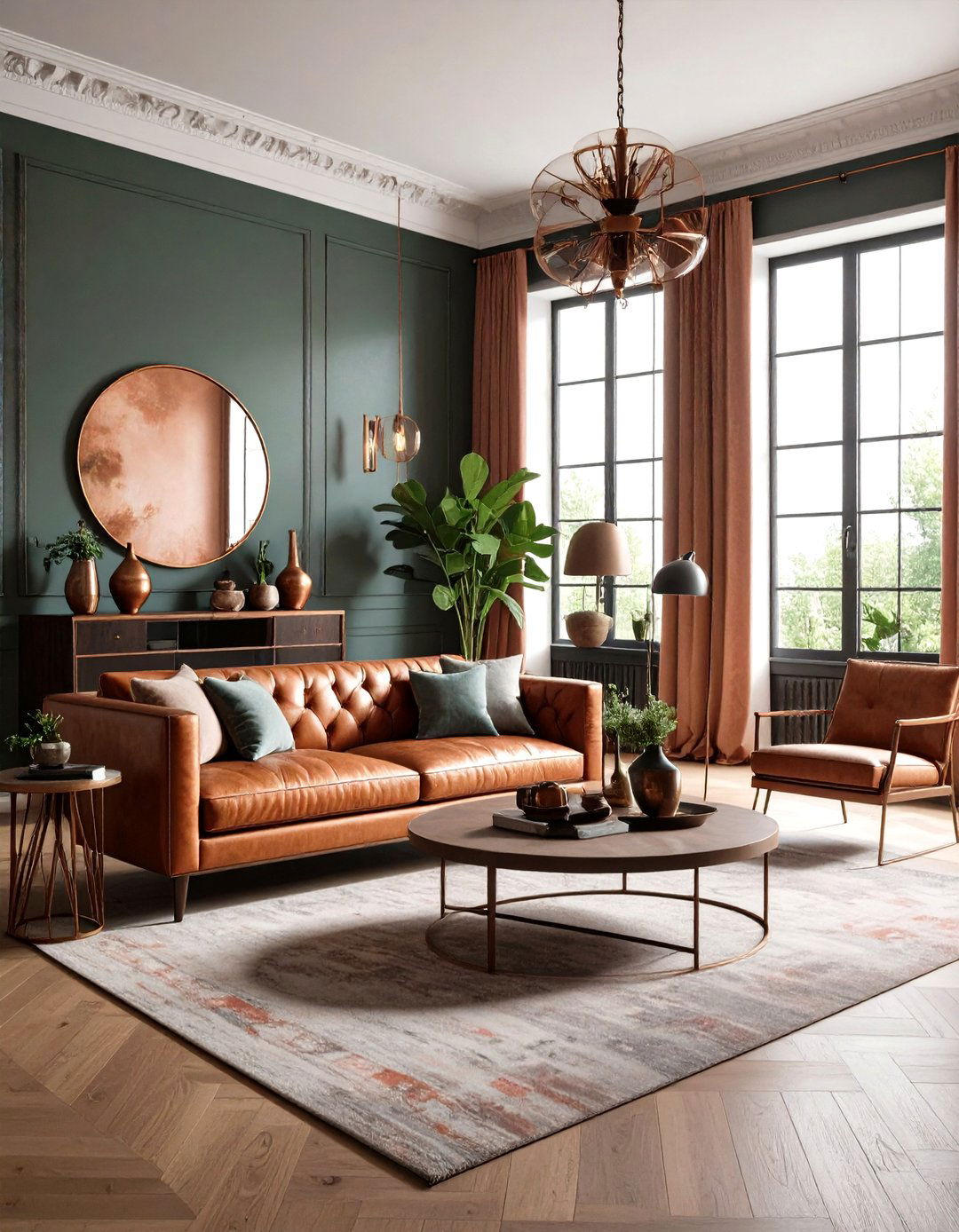
Introduce copper tones and rust-red accents through decorative pillows, throws, and small accessories to echo steampunk’s metal palette. Copper vases, trays, and sculptural pieces reflect light and add warmth against darker backdrops. Use rust-colored velvet pillows or throw blankets to soften metal-heavy spaces. Accent walls in deep rust or metallic copper paint can heighten drama without overwhelming the room. These color pops tie together leather, wood, and metal elements, creating a cohesive visual story.
17. Clockwork Coffee Tables

A coffee table featuring a glass top revealing a bed of interlocking gears makes for a striking centerpiece. Construct the base from reclaimed wood or metal piping, then arrange vintage clock components beneath tempered glass. When paired with subtle LED backlighting, the gears take on new life. This functional art piece embodies steampunk’s marriage of form and function, inviting guests to admire the mechanical details while enjoying their coffee. The tactile contrast of smooth glass, rough metal, and warm wood enhances sensory appeal.
18. Industrial Window Frames
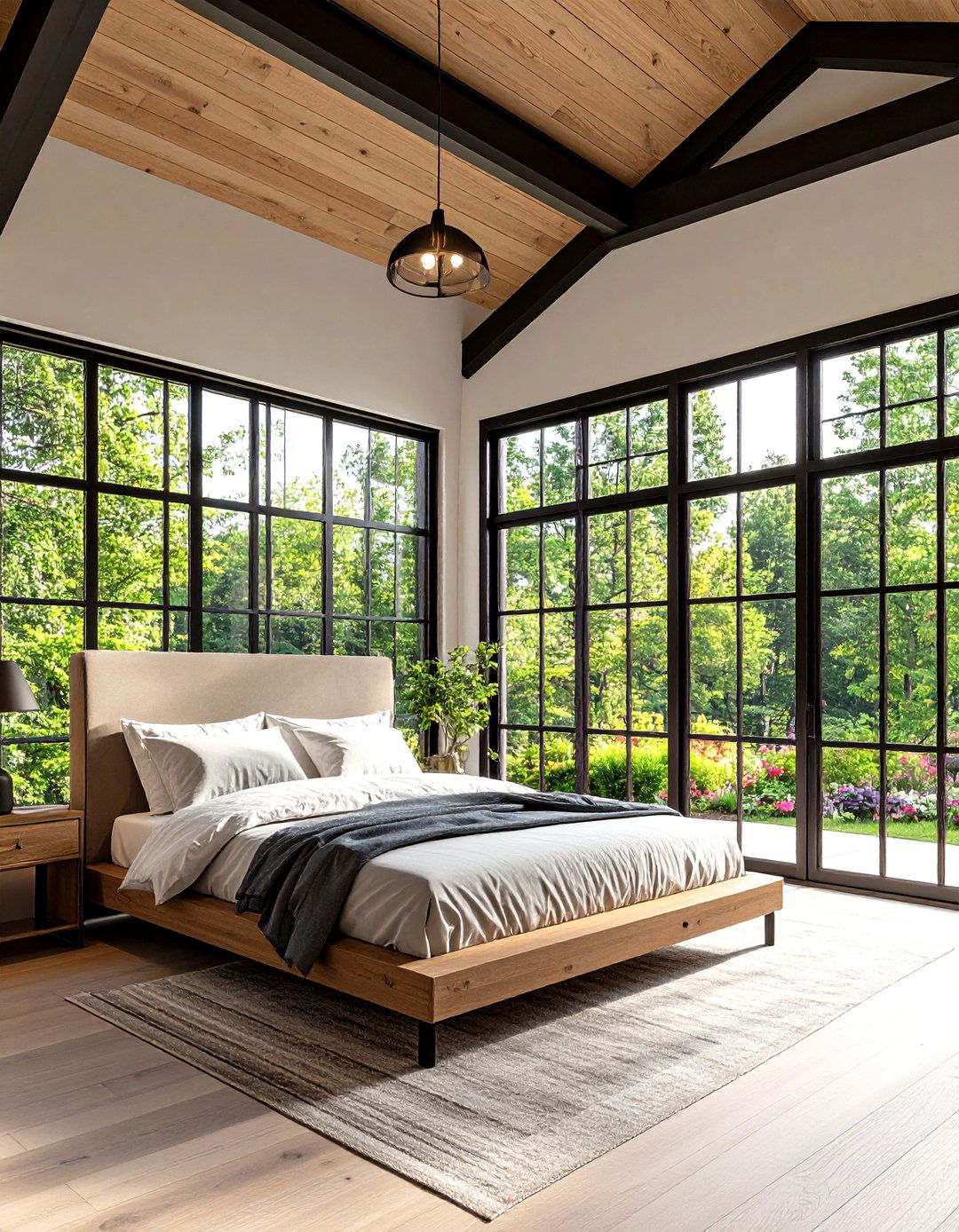
Swap standard window frames for steel-style or faux factory windows divided by mullions into grid patterns. Black metal grids introduce crisp lines and frame exterior views like industrial artwork. For interior room dividers, install steel-style partitions with frosted or clear glass panes to maintain light flow while delineating spaces. These partitions evoke old factory lofts and add architectural interest. Combined with heavy drapery hung from pipe rods, they balance solidity with softness and reinforce the warehouse-meets-Victorian narrative.
19. Steampunk Bathroom Piping
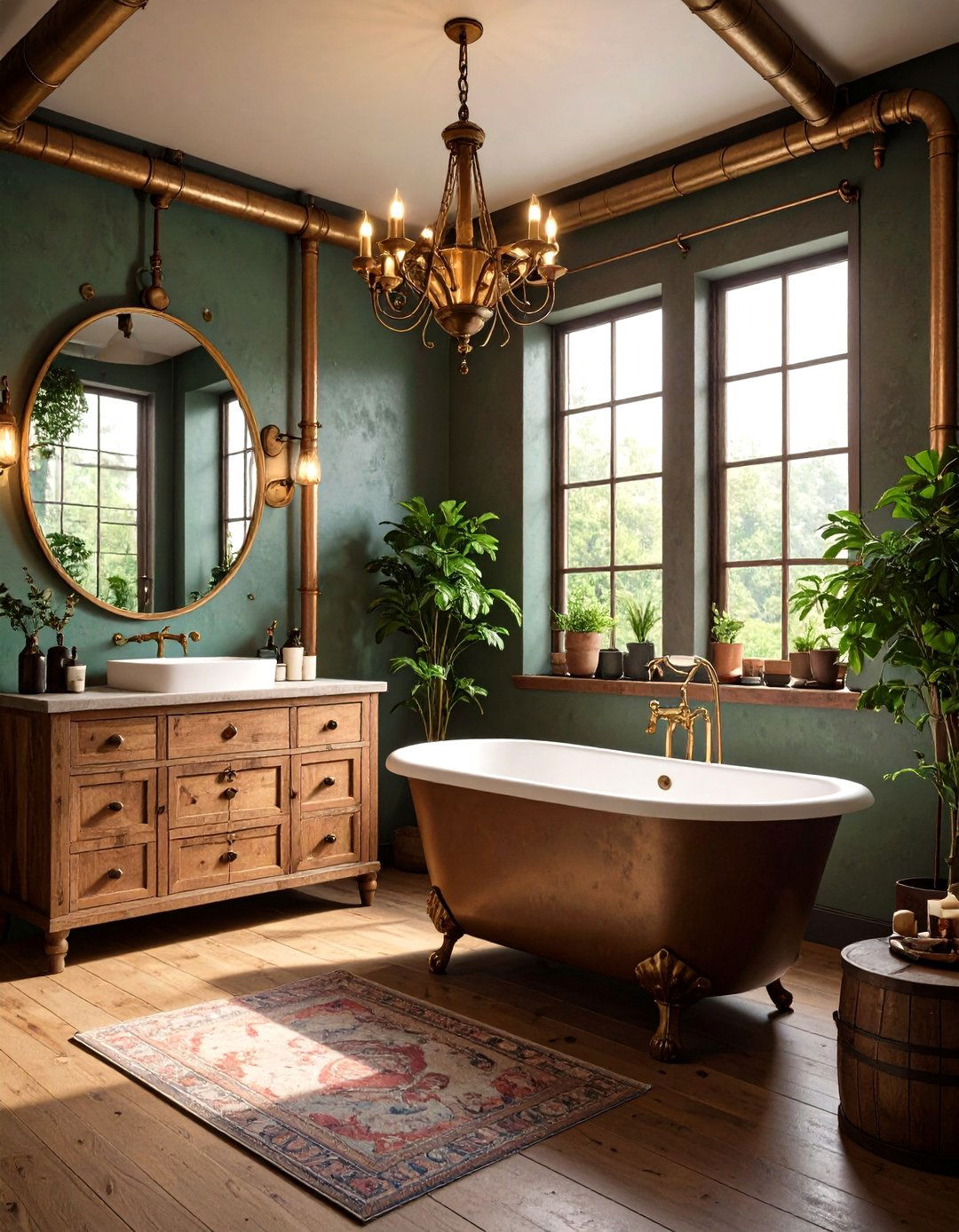
Integrate exposed brass or bronze piping in the bathroom for towel racks, shelving, and vanity supports. Use pipe clamps and factory brackets to mount wood shelves above the sink or toilet. Consider a wall-mounted faucet with visible copper lines and a vessel sink on a repurposed wood table. Mirror frames in aged brass and Edison-style sconce lighting complete the look. This application brings steampunk into unexpected spaces, transforming even utilitarian rooms into settings reminiscent of an industrial-era workshop.
20. Home Office Workstation
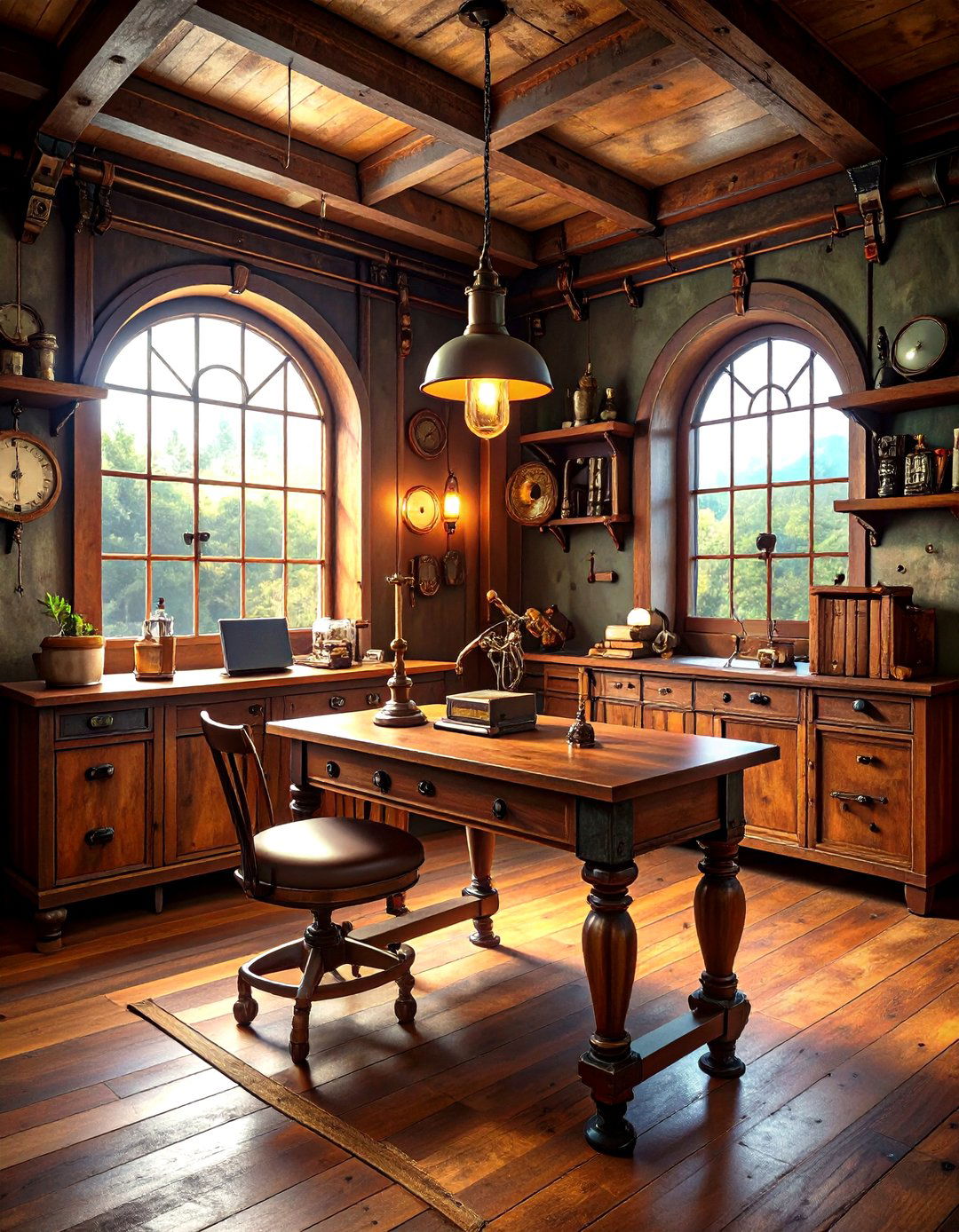
Design a steampunk desk area with a writing surface of distressed wood and metal piping legs, complemented by a chair in leather and brass. Mount a vintage-style typewriter or brass lamp on the desk, and suspend shelves overhead with gear-adorned brackets. Add wall-mounted file holders fashioned from repurposed metal trays and label holders. A combination of antique maps, patent prints, and mechanical curios creates an inspiring backdrop. This workspace blends historical charm with modern functionality, ideal for writers, designers, or engineers seeking an imaginative environment.
Conclusion:
Steampunk interior design offers a richly textured, imaginative approach that celebrates the union of Victorian elegance and industrial ingenuity. By layering materials—exposed brick, reclaimed wood, leather, and aged metals—and incorporating gear motifs, vintage artifacts, and mechanical furnishings, you can craft spaces that feel both historic and fantastical. From grand living rooms to intimate studies and baths, the versatility of steampunk allows for personalized expression through curated décor, color palettes, and functional artistry. Whether you embrace subtle accents or full thematic immersion, these 20 ideas provide a roadmap to transform ordinary interiors into realms of inventive nostalgia.


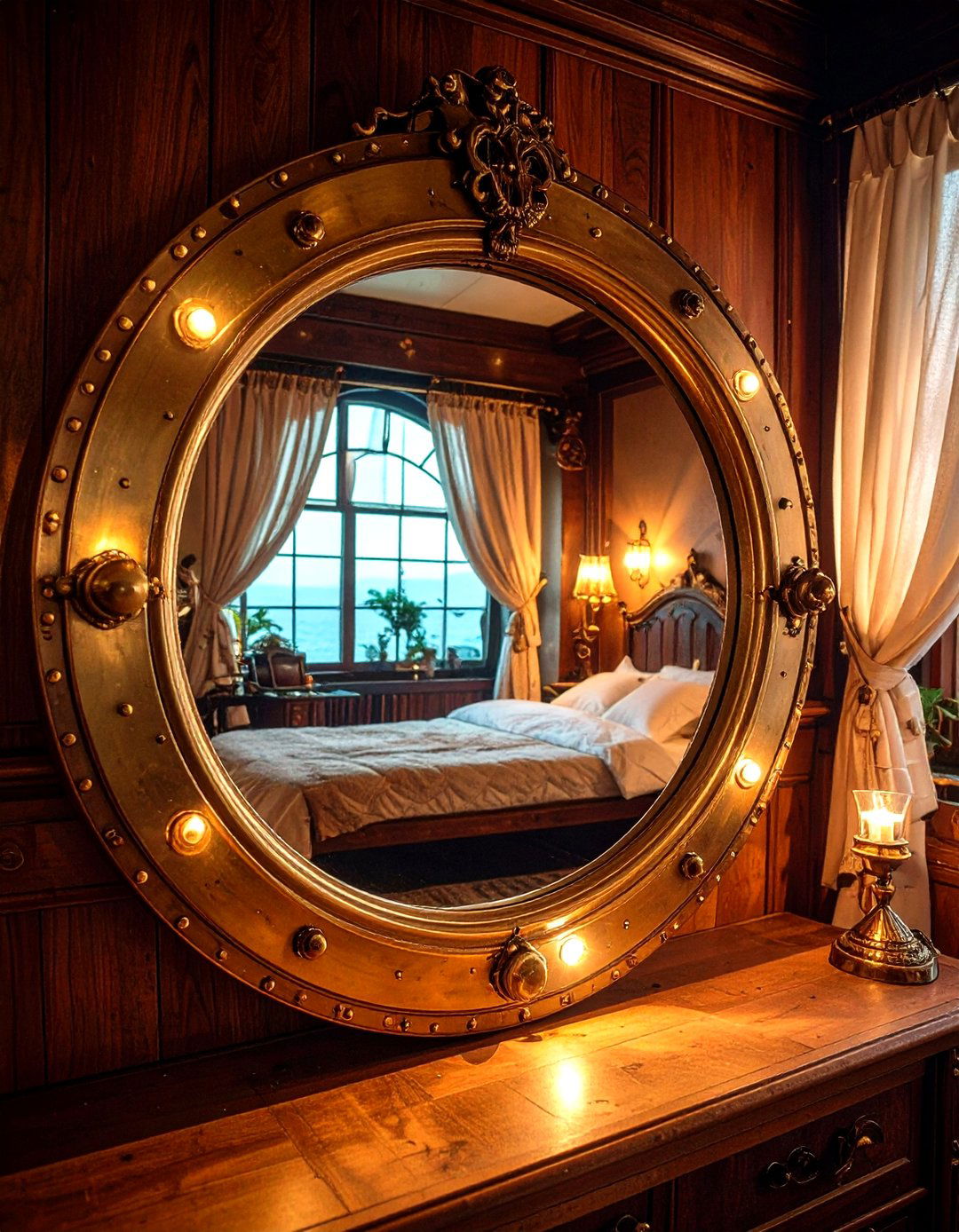
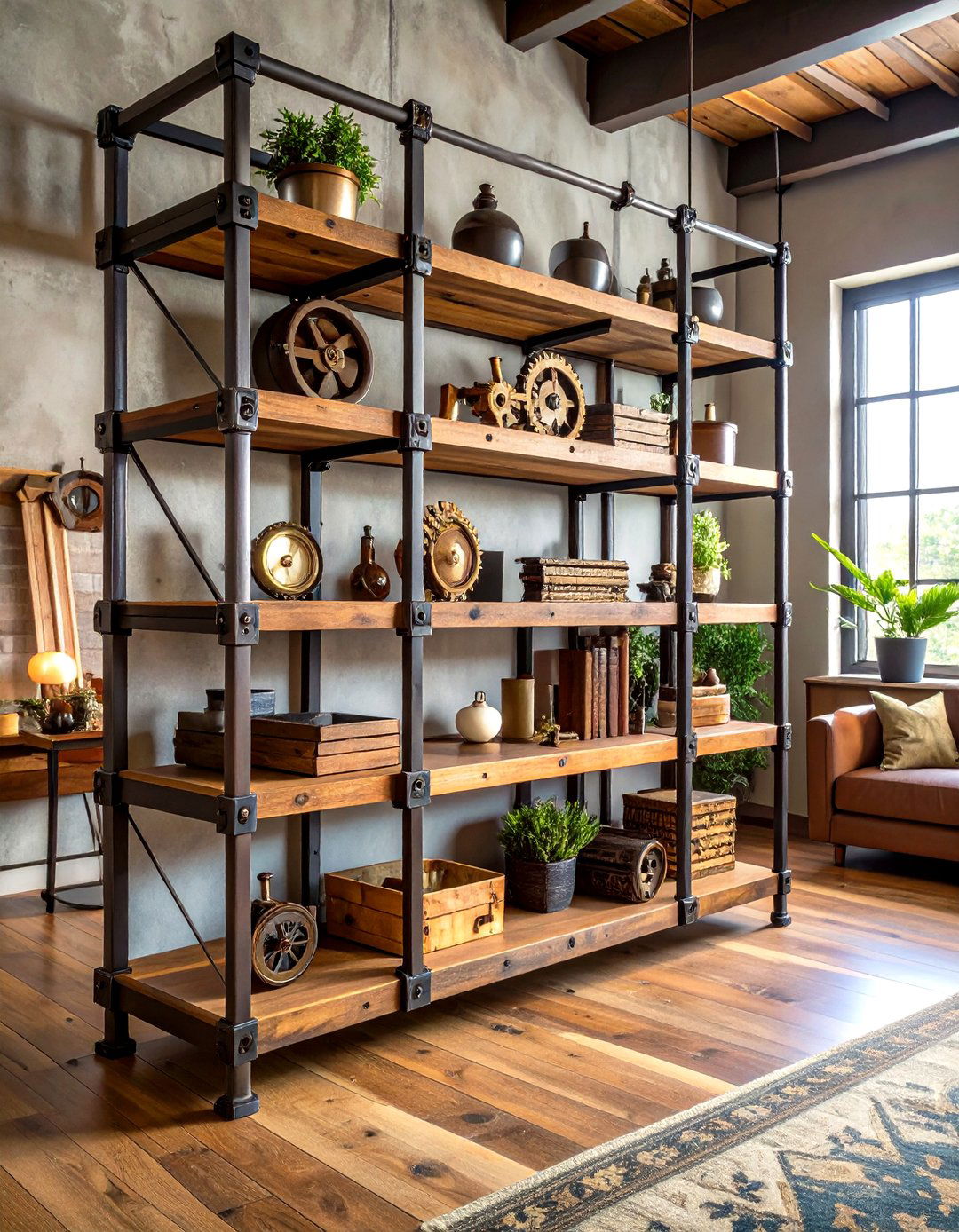

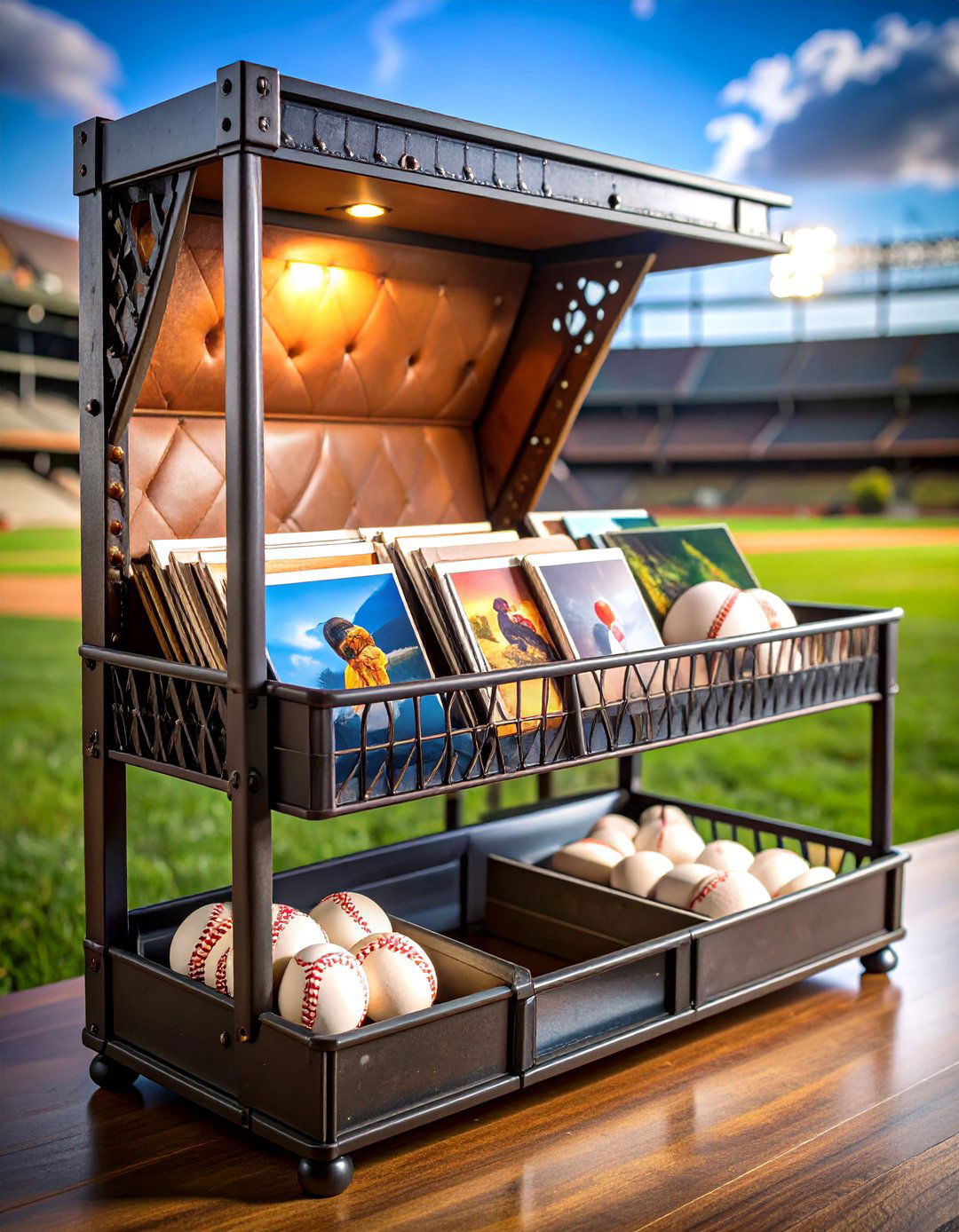
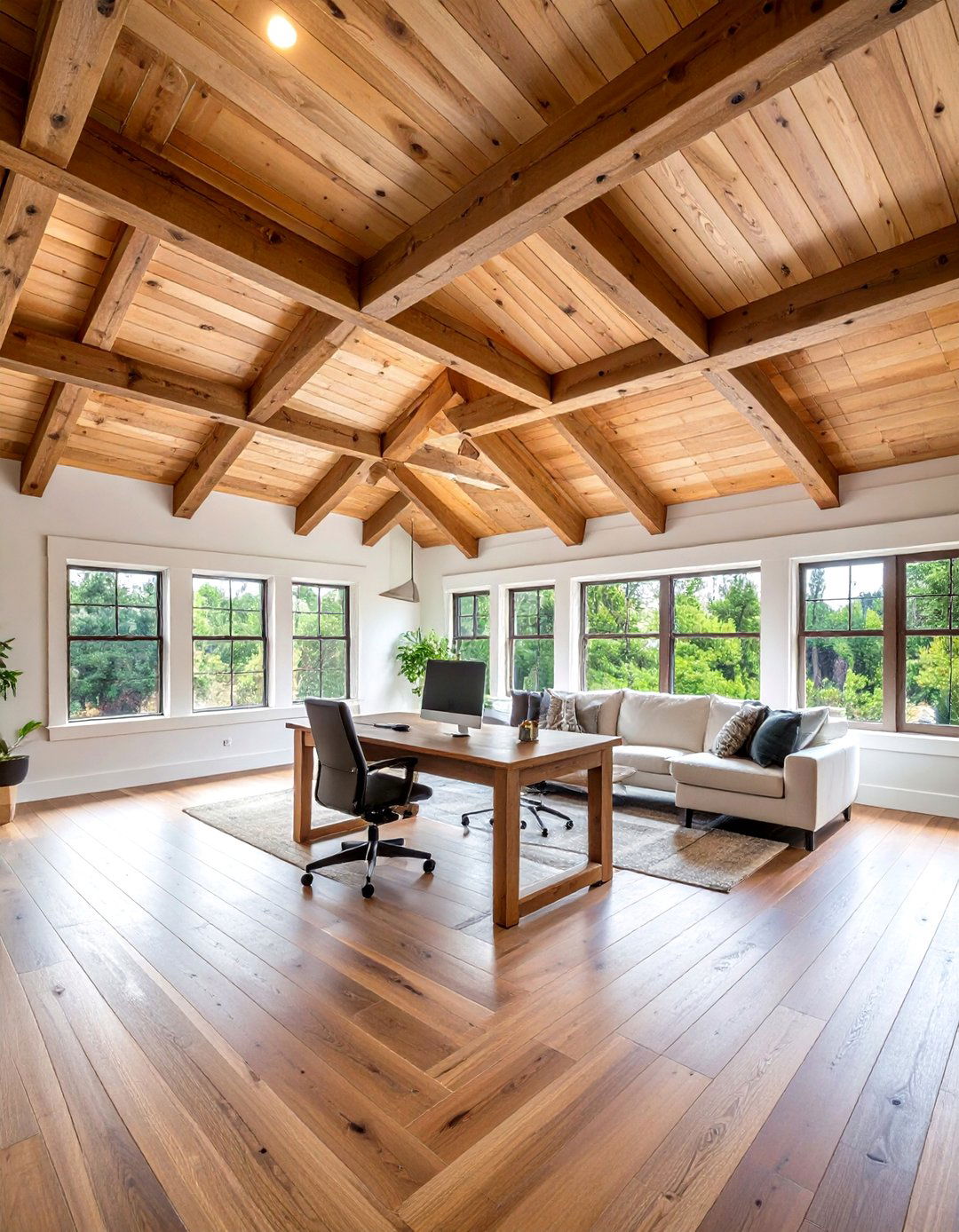

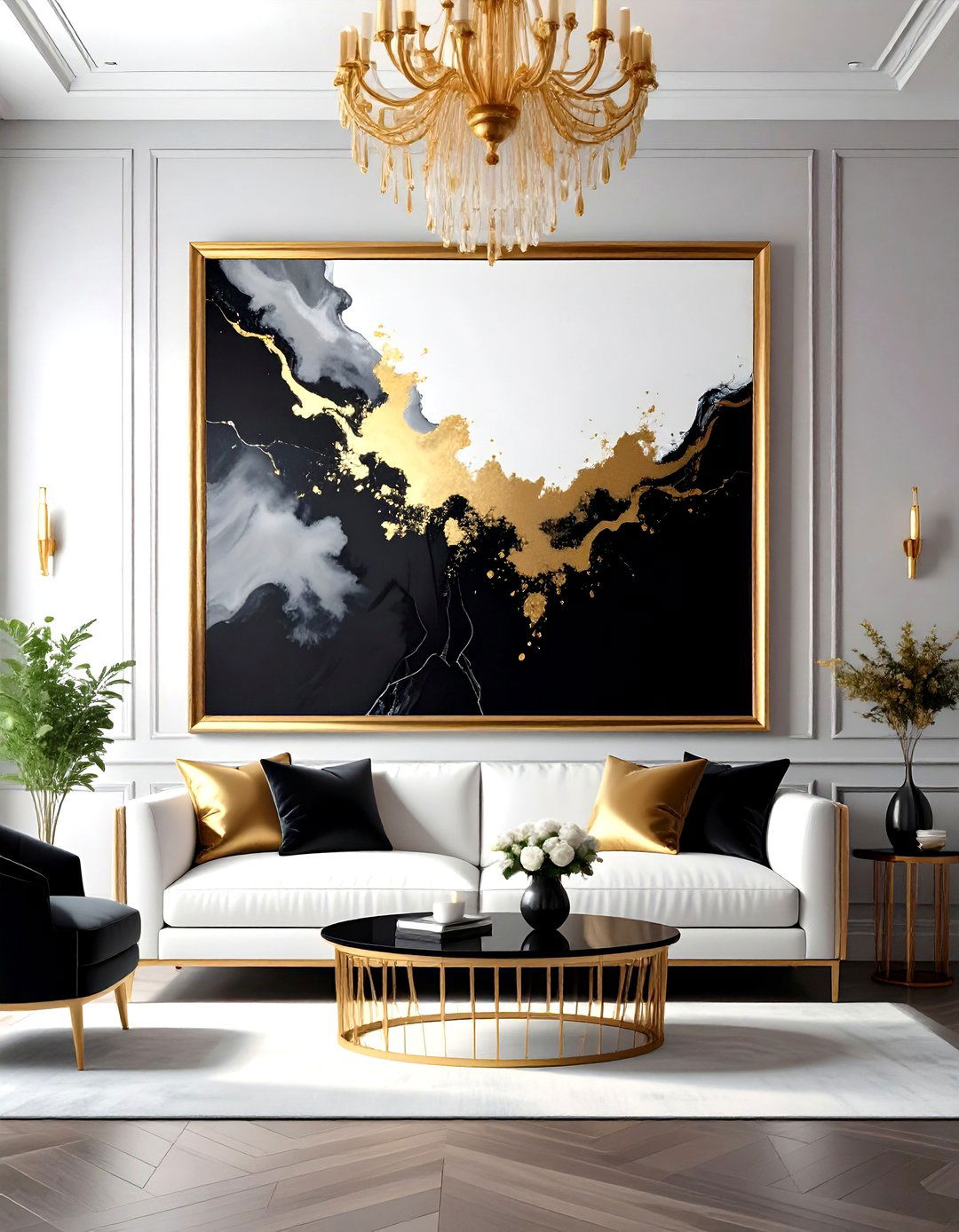

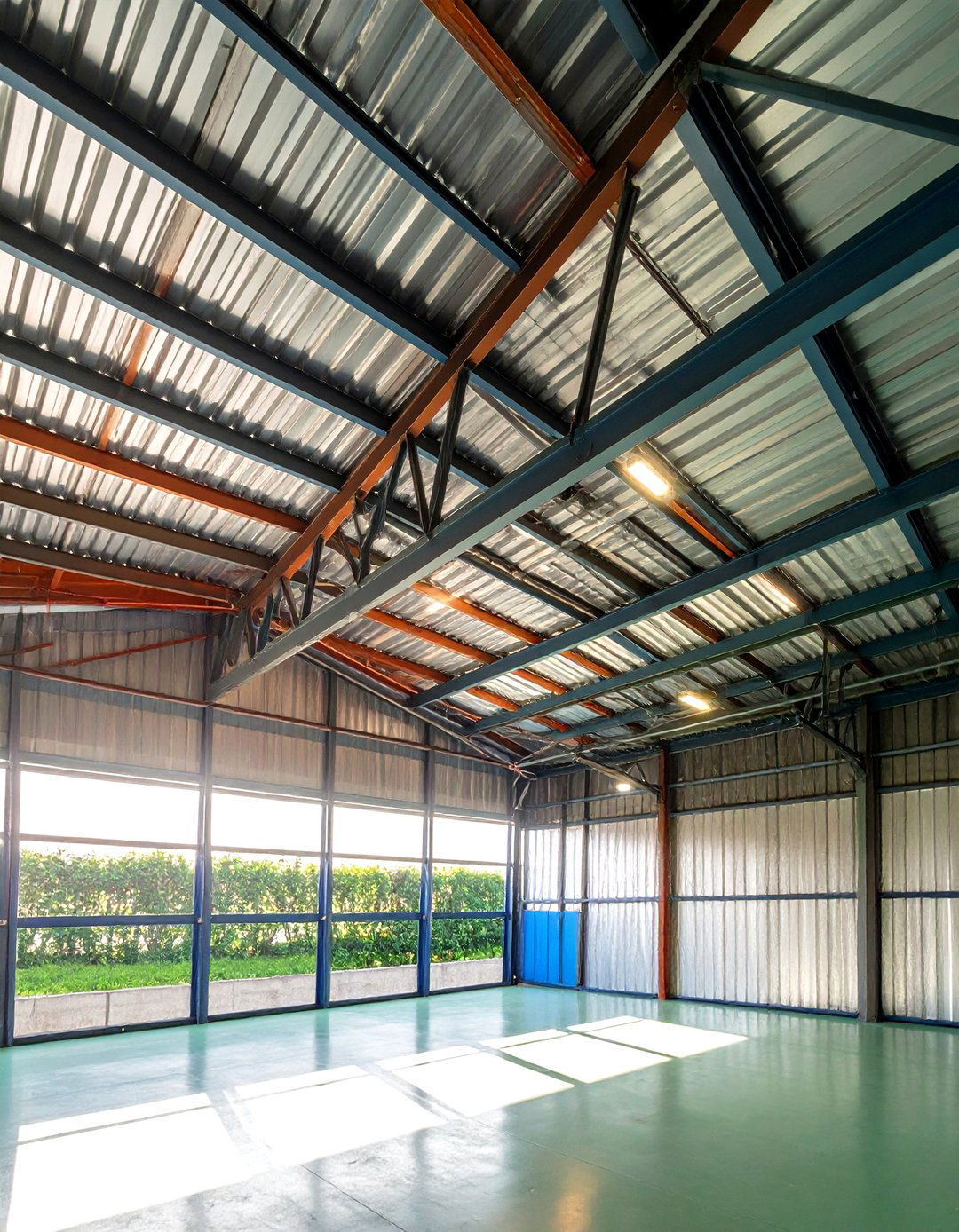
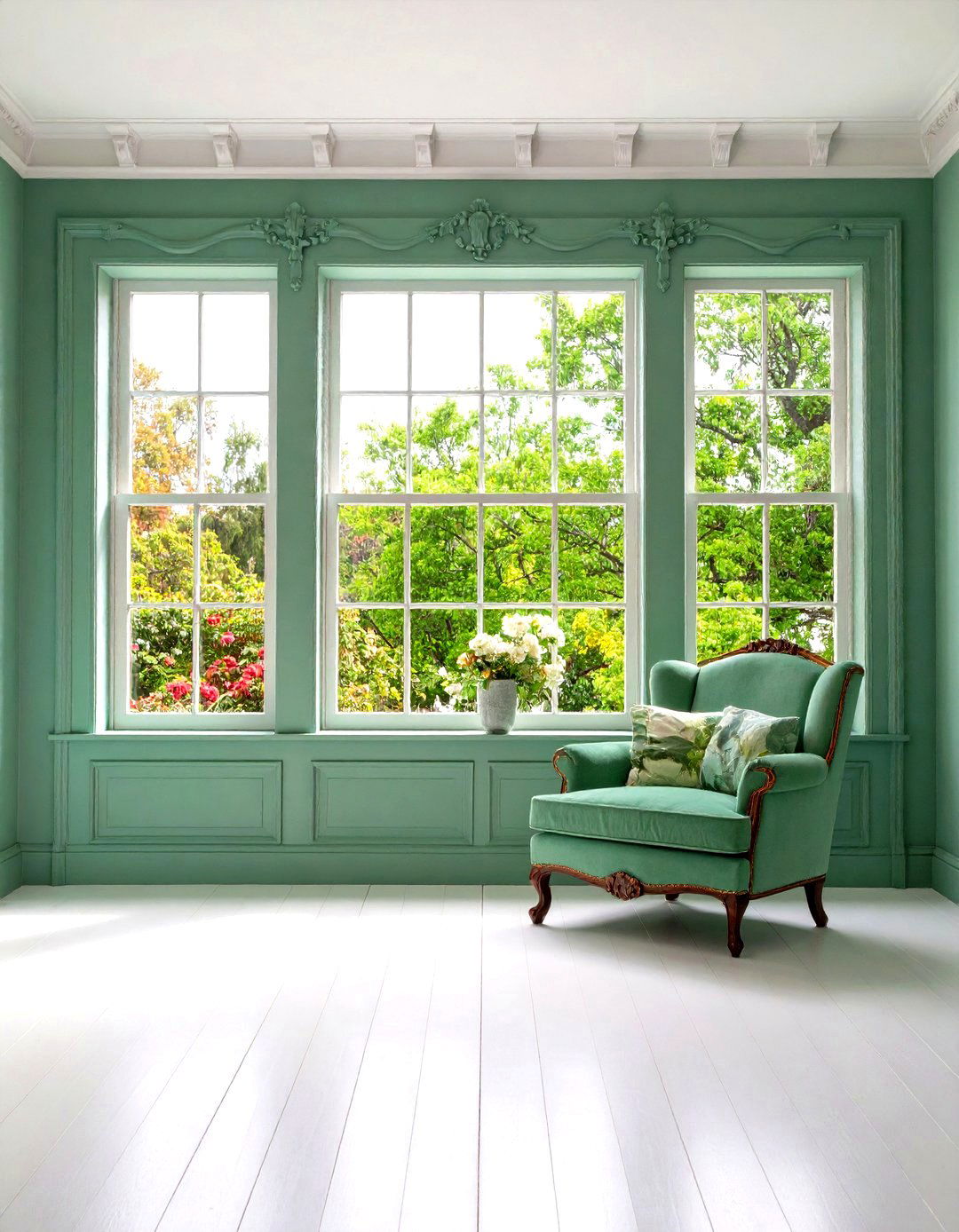
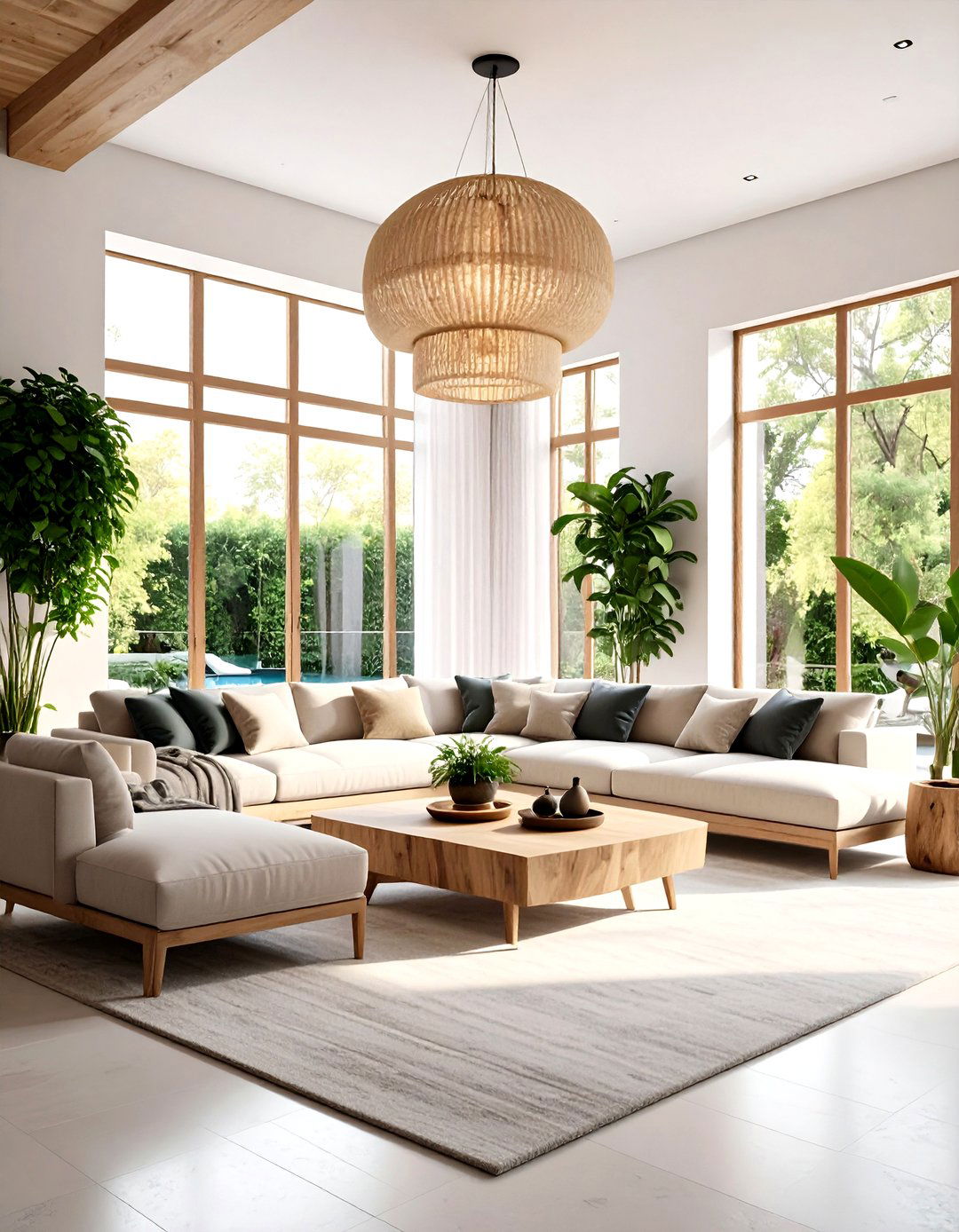
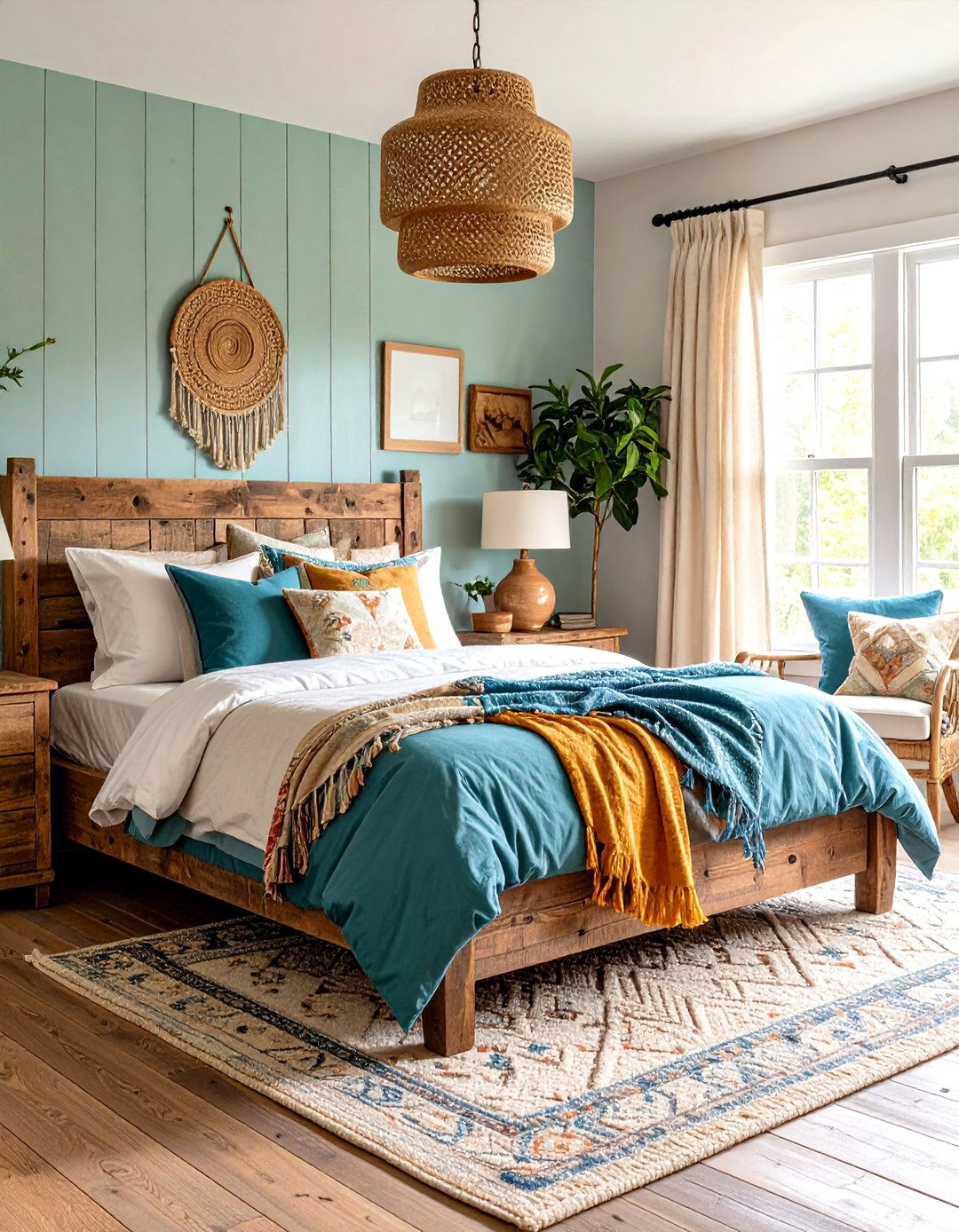
Leave a Reply